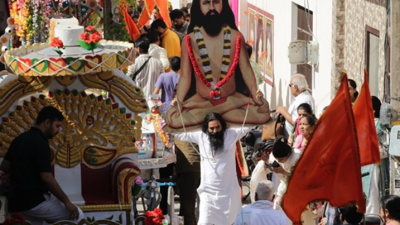Story of news media in India began in 1780 when the first newspaper ‘Hicky’s Bengal Gazette’ started as a weekly English newspaper. However, there were licencing regulations that put restrictions on the press. Nineteenth century was the era of Indian Renaissance during which a socio-intellectual revolution took place in the field of culture and literature. Raja Ram Mohun Roy was a prominent leader of the renaissance. In 1824, he protested against restrictions and demanded freedom of the press. Following several such protests, Governor General Metcalfe introduced Press Act, 1835 that repealed earlier restrictions and ushered in the era of liberal press policy and rapid growth of newspaper which contributed in social reforms such as abolition of slavery in 1843.
The year 1843 also saw the birth of ‘The India Review’, a weekly newspaper that began publication in this background from Calcutta, the citadel of Indian Renaissance. The February 1843 issue preserved in Uttarpara Joykrishna Public Library Hooghly, carried biographical sketches.
‘The India Review’ was published from London as well in 1932 as a fortnightly journal. However, the exact title ‘The India Review’ remained dormant and discontinued until in 2017-18 when it caught imagination of a London based, Indian origin lecturer.
Umesh Prasad went to England in 2006 to study at London School of Economics. After a brief stint with Asian Development Bank (ADB) for few months in Manila, he returned back to teach degree courses at a London-based college. The idea of resurrecting ‘The India Review’ lingered on for over a decade. In February 2018, he finally submitted application to UK Intellectual Property Office (UKIPO) for trademark registration. In May 2018, ‘The India Review’ became a registered trademark and the publication started in August 2018, in the era of internet, as a news portal.
The revival of ‘The India Review’ as a digital news media also saw transformation of Umesh Prasad, a doctor turned lecturer, into a fulltime journalist.




